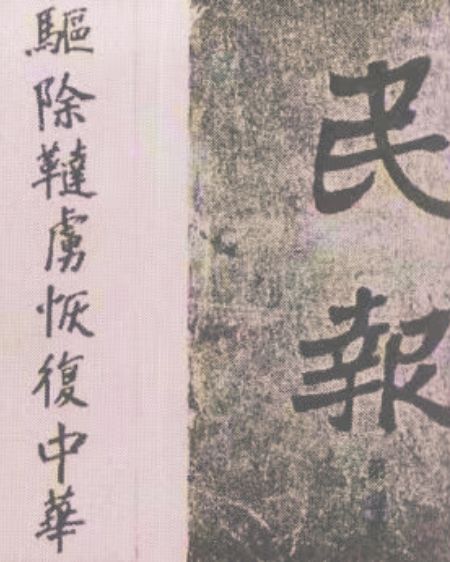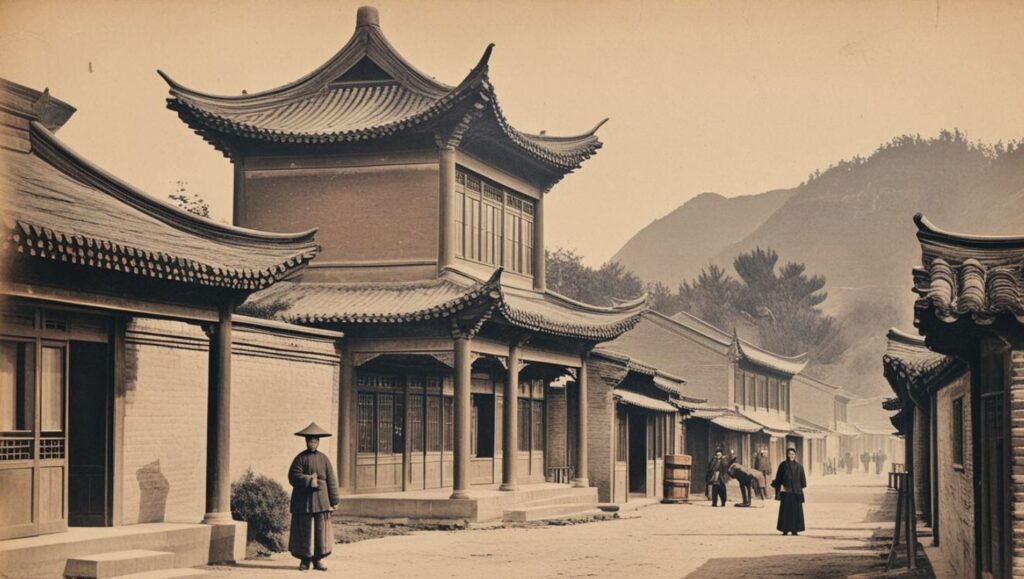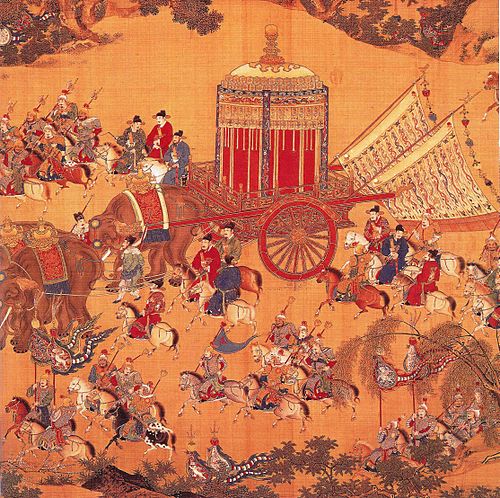Our research team is organized into four thematic clusters that collectively transcend individual expertise, producing original research of unparalleled scope and depth of knowledge.
HIGHLIGHT RESEARCH 
We construct a continuous decadal GDP dataset for China spanning 220 BCE to 1949 CE. Over more than two millennia, China’s economic trajectory exhibits a millennial-scale inverted U-shape: GDP per capita (1990 international dollars) rose from 380 in 220 BCE to a peak of 1,430 in 1000 CE, then entered a period of fluctuating decline after the Northern Song, stabilizing at around 550 by the early twentieth century. Our empirical analysis indicates that China’s long-run economic growth followed a Malthusian pattern. The key difference between the first and second millennia lies in the emergence of severe land–population pressures during the latter, coupled with weak performance in human capital accumulation and technological progress. Chinese history demonstrates that long-term economic growth has been fundamentally knowledge-driven.


Nations are products of modernity, but they also have historical roots. In the conquest of China in the mid-17th century, the Manchu-led Qing government oppressed the Han Chinese, the native population of China. Two centuries later, when modern newspaper technology became available, revolutionary propagandists exploited these events, reframing the political repression as ethnic conflict to ignite nationalist fervor.


The impact of modern information technology on state capacity is relatively underresearched. This paper explores the introduction of the telegraph in the late 19th-century China, the purpose of which were mostly military, to quantify the impact of information technology on state’s capacity to obtain local information about natural disasters and to provide famine relief.


Political succession in authoritarian regimes is perilous. An under-explored aspect of this challenge is the conflict of interest between new leaders and the ruling coalition they inherit from their predecessor right after the transition of power. Using original data on minor emperors and regents, we show that female regents, who were culturally protected from political purges but also discouraged from seizing power, can mitigate the two-sided commitment problems and enhance political stability for the young emperor.


We decompose population growth in 19th century Liaoning in northeast China into the shares accounted for by different socioeconomic groups, and by time periods with different economic conditions as reflected in grain prices. This decomposition reveals who benefitted the most when social and economic conditions supported population increase. Previous studies of one region for which relevant data are available, northeast China, showed that birth and death rates varied according to community, household, and individual context, but did not investigate differences in growth rates by context, or the shares of population growth accounted for by each group. Using the same dataset, we decompose population growth by synthesizing differentials in mortality and fertility into estimates of implied growth rates of population subgroups and the shares of total population growth they account for. This decomposition framework can be applied in any setting where household registers or other sources allow for the measurement of the mortality and fertility rates of population subgroups at fixed points of time. We show that advantaged socioeconomic groups contributed disproportionately to population growth in northeast China, and that more growth took place when harvests were good, that is when grain prices were low. Even though mortality and fertility responses to grain price fluctuations varied across subgroups, there is no evidence of differential response of growth rates to these fluctuations. We conclude by discussing the implications of our findings for our understanding of population dynamics in the late Qing.


本文首先考證了明代河南漕糧交兌點在㆕個㆞點間的六次往返變換,並通過這種變換說明河南漕糧交兌這㆒經濟活動對小灘鎮和大名府的依賴。其次,本文通過對大名府軍屯數量以及軍屯兼併情況的考證,說明了大名府㆞方社會、政治空間的「犬牙相入」,並展現了被拋棄的腹㆞是如何通過軍屯參漕糧交兌和邊糧供給這兩大經濟活動㆗。最後,通過大部分河南漕糧的對撥目的㆞由薊州鎮變為通、太㆓倉這㆒歷史進程,亦能㆒窺實物型財政亦或洪武型財政的逐漸崩壞。


This study exploits a special historical case-openings of treaty ports in 19th-century China to examine how upper-tail human capital, quantified via book creation, impacted modernization when facing external pressures. Employing a prefecture-level panel dataset from 1840 to 1904, the study establishes book density, indicative of knowledge endowment, as a significant and positive predictor of modern firm entry following the opening of treaty ports. To understand the mechanism, a critical aspect lies in understanding the Civil Service Examination (keju), an indigenous institution that historically dominated talent accumulation and allocation in China. By integrating data with keju, we find that exposure to Western influence mobilized the segment of upper-tail human capital at the bottom or outside of the keju system into entrepreneurship. This paper illustrates the dynamics between indigenous institutions and external pressures.


This paper examines the transition from limited to open-access societies, focusing on early and high-Tang China (618–906). Using a dataset of 1,261 marriages from 618 to 755, we find that Empress Wu’s rise to power in 674—the first and only female emperor in Chinese history—positively impacted upward mobility. After 674, men from common and poor clans were more likely to marry into elite clans. This increase in inter-class marriages was primarily driven by Empress Wu’s expansion of national civil examinations, which strengthened her legitimacy and created new opportunities for social advancement.


Christian missionaries are shown to have contributed to the historical rise of international trade by bridging the information gap between Europe and unfamiliar overseas lands from the 16th century onward. To prove that they unintentionally mitigated information barriers for early traders, we focus on the experience of historical China where European missionaries arrived from 1580 onward but maritime foreign trade was largely banned between 1371 and 1842. Our analysis demonstrates that following China’s forced opening for international trade in 1842, regions with longer past missionary presence typically bought foreign goods earlier, imported more in terms of both value and goods diversity, and exported more local products, as these places had more foreign interactions and appeared more frequently in the missionaries’ letters and publications back in Europe. Our findings substantiate the importance of the information channel through which the missionaries accelerated trade globalization.






